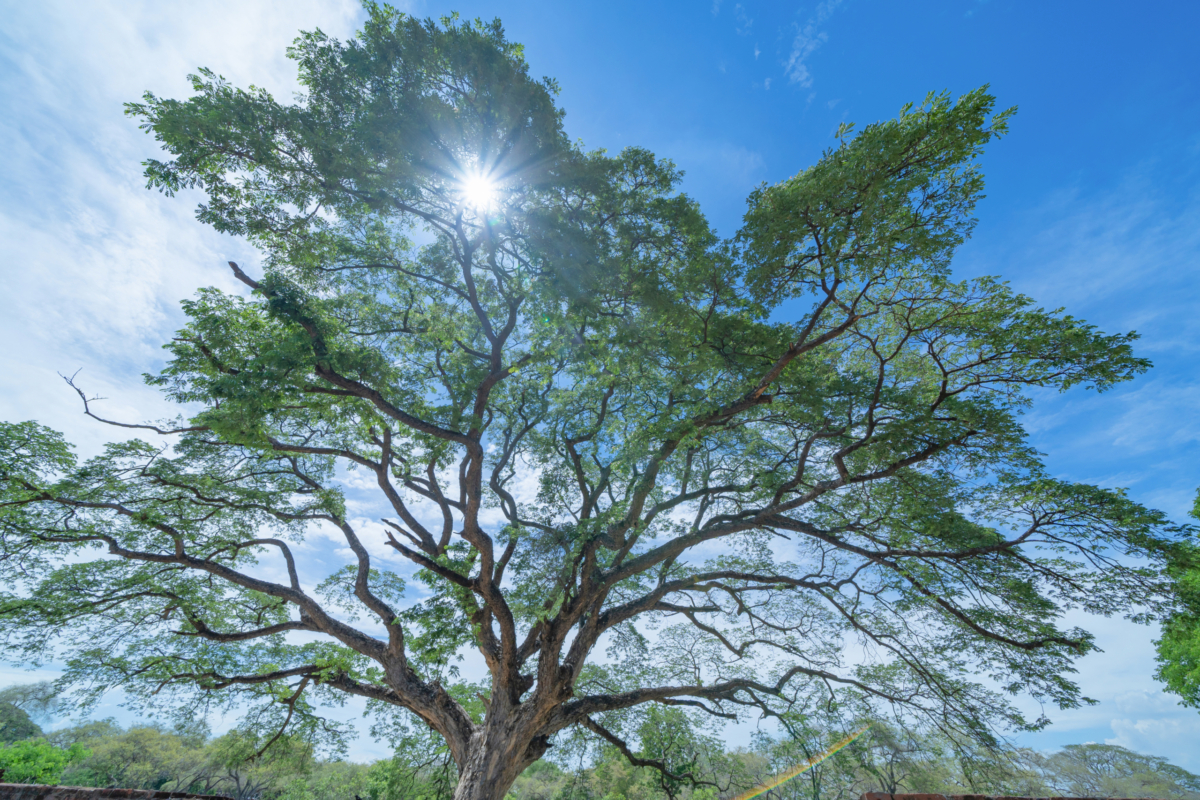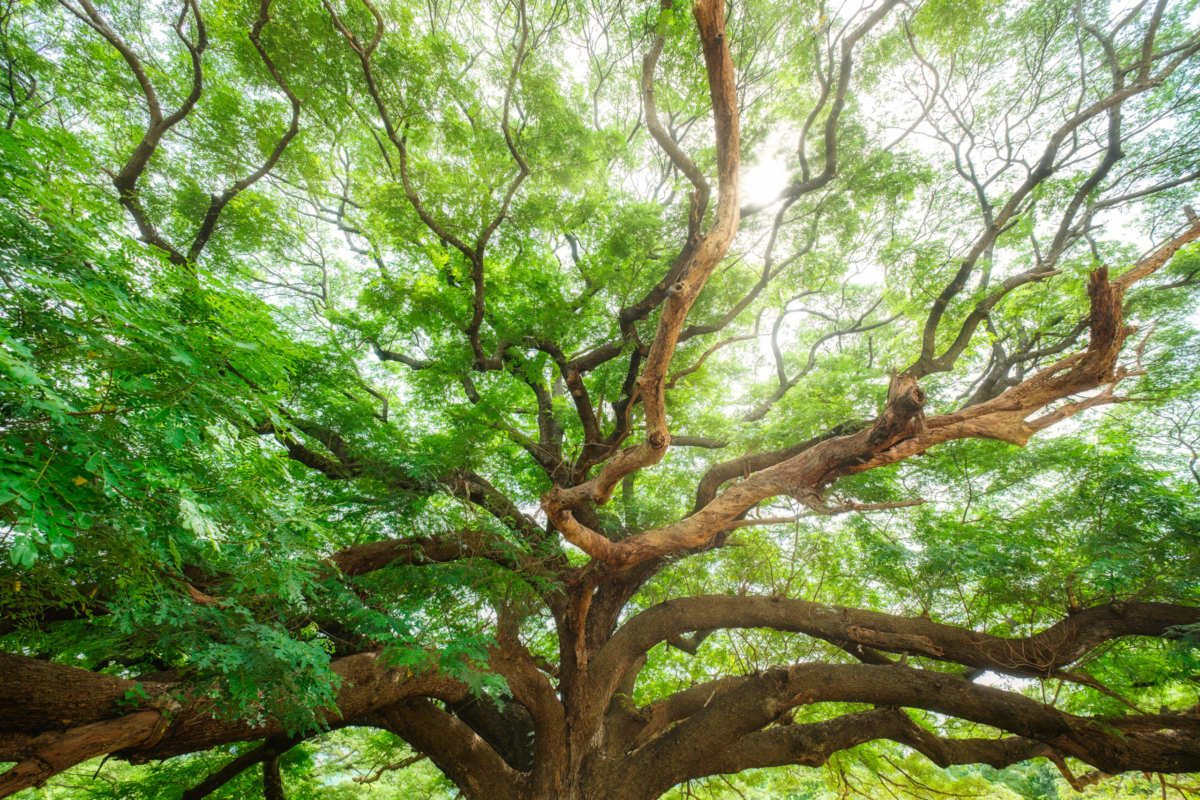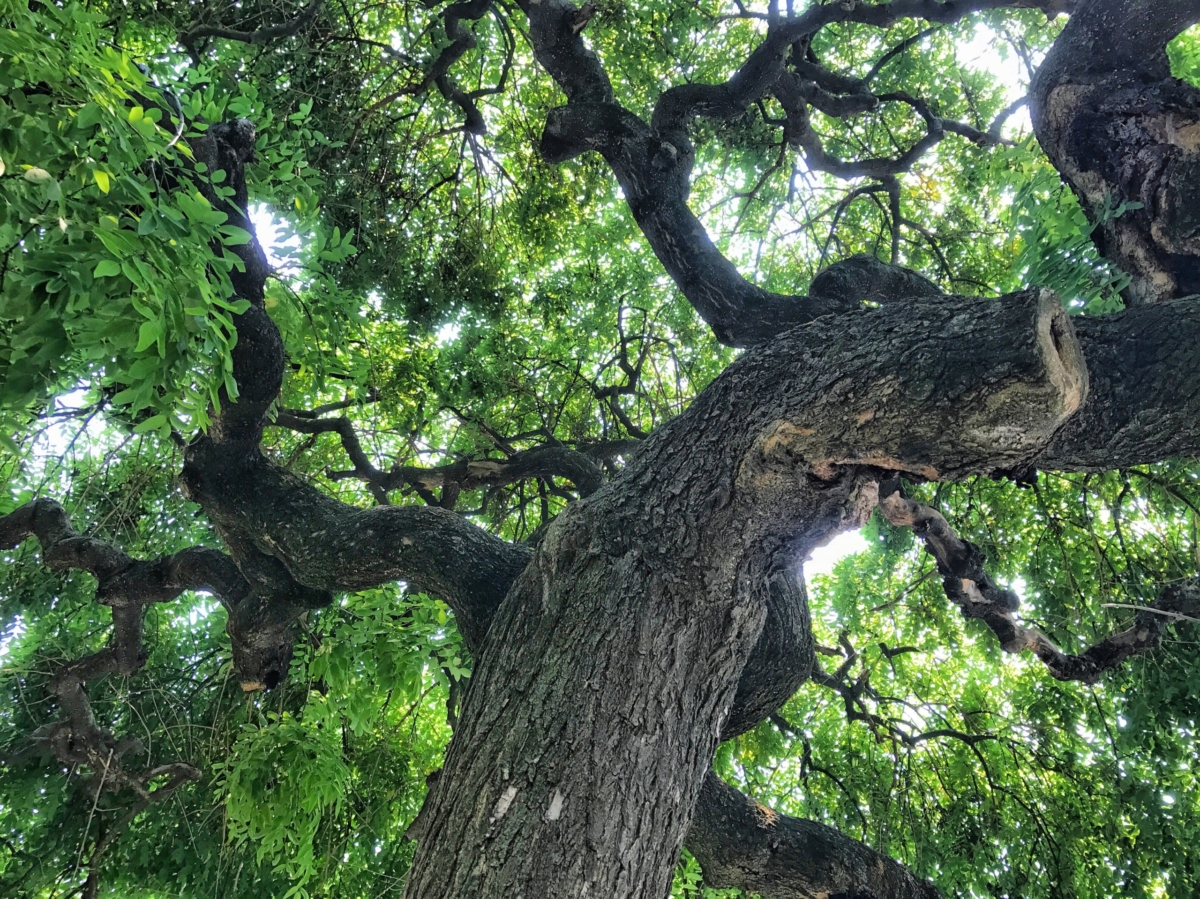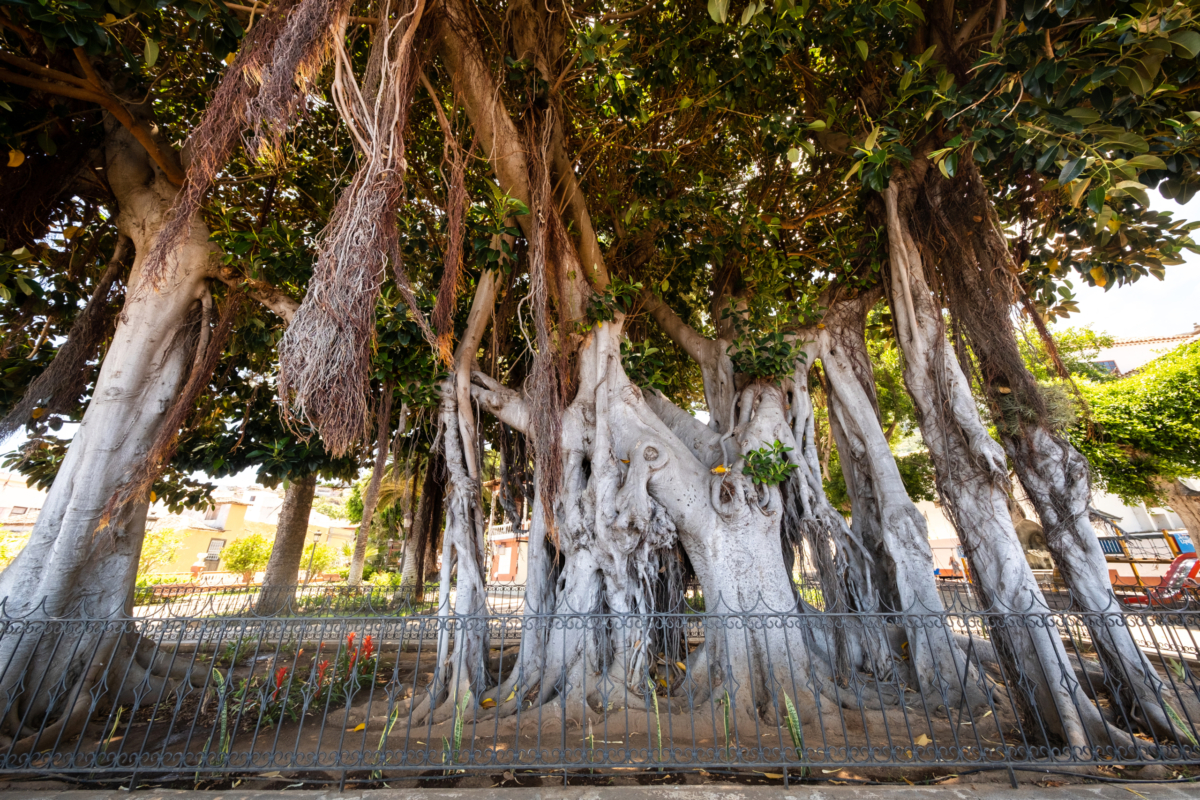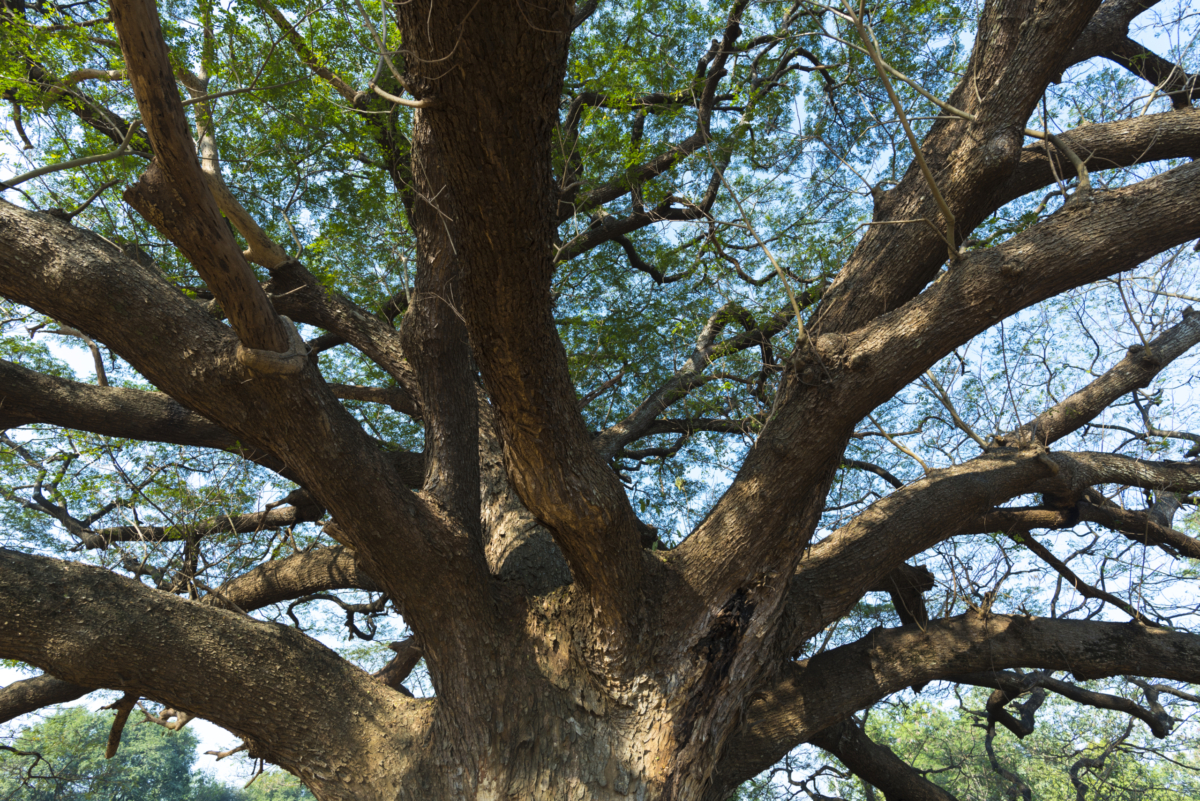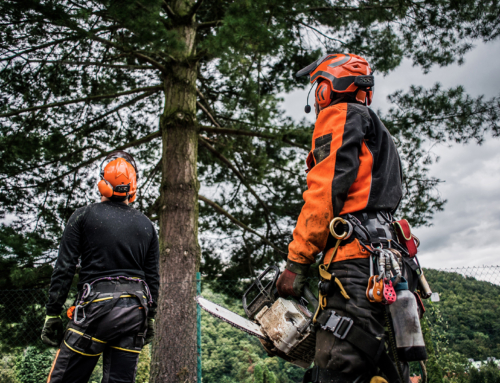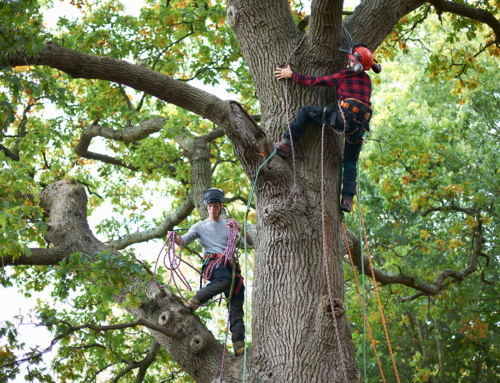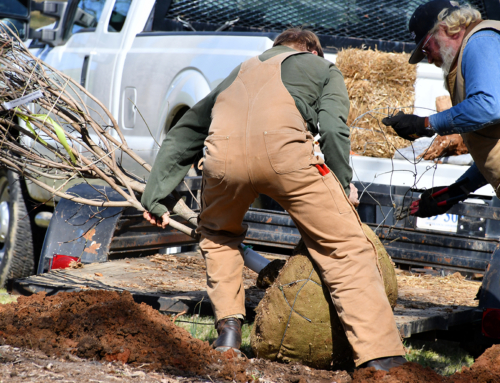The Importance of Preserving Trees in the Eastern Sierra and Mammoth Lakes Area
The Eastern Sierra and Mammoth Lakes region is renowned for its breathtaking natural beauty, with towering mountains, pristine alpine lakes, and lush forests that have captivated visitors for generations. At the heart of this picturesque landscape are the majestic trees that have stood tall for centuries, serving as silent witnesses to the region’s rich history and evolution. These ancient giants are not merely aesthetically pleasing; they play a vital role in maintaining the delicate ecological balance of the area, providing crucial habitats for a diverse array of wildlife, regulating local climate, and contributing to the overall health and resilience of the ecosystem.
Preserving these trees is, therefore, of paramount importance, not only for their intrinsic beauty but also for the critical ecosystem services they provide. However, the passage of time, coupled with the harsh environmental conditions common to the Eastern Sierra and Mammoth Lakes region, can take a significant toll on the structural integrity of these trees, leaving them vulnerable to decay, damage, and even collapse. As a result, innovative and noninvasive cabling methods have become essential tools in the quest to prolong the lifespan of these cherished natural wonders.
By employing state-of-the-art cabling techniques, arborists and tree preservation experts can provide the necessary support and stability to these trees, ensuring they continue to thrive and contribute to the region’s ecological and aesthetic richness. Through a deep understanding of the unique challenges faced by trees in the Eastern Sierra and Mammoth Lakes area, these professionals are able to develop tailored solutions that safeguard the long-term health and vitality of the region’s most iconic natural assets.
Common Issues Faced in Preserving Trees at Mammoth Lakes, June Lake, Bishob and Eastern Sierra CA Areas
The Eastern Sierra and Mammoth Lakes region is no stranger to the challenges that come with preserving ancient and majestic trees. The harsh climate, with its extreme temperature fluctuations, heavy snowfall, and high winds, can take a significant toll on the structural integrity of these trees, leaving them vulnerable to a host of issues that threaten their longevity.
One of the most common problems faced by tree preservation experts in this region is the issue of decay and structural weakening. The freeze-thaw cycles, combined with the heavy snow loads, can cause the trees’ trunks and branches to crack, split, and weaken over time, compromising their ability to withstand the forces of nature. Additionally, the region’s frequent high winds can exacerbate these issues, leading to the potential for catastrophic failure and collapse.
Another significant challenge is the impact of age on the trees’ overall health and stability. As these ancient giants continue to grow and mature, their massive size and weight can become a liability, placing immense stress on their root systems and trunks. Without the proper support and stabilization, these trees are at risk of succumbing to their own weight, ultimately leading to their demise.
Furthermore, the Eastern Sierra and Mammoth Lakes area is home to a diverse array of wildlife, including large herbivores such as deer and elk, which can also pose a threat to the preservation of these trees. The browsing and rubbing behavior of these animals can damage the trees’ bark and foliage, compromising their ability to photosynthesize and thrive.
To address these complex challenges, arborists and tree preservation experts have developed a range of innovative and noninvasive cabling methods that can help to extend the lifespan of the region’s cherished trees, ensuring that they continue to grace the landscape for generations to come.
Noninvasive Cabling Methods for Tree Longevity at Mammoth Lakes, June Lake, Bishob and Eastern Sierra CA Areas
As the Eastern Sierra and Mammoth Lakes region grapples with the ongoing challenge of preserving its ancient and majestic trees, noninvasive cabling methods have emerged as a vital tool in the arsenal of tree preservation experts. These state-of-the-art techniques offer a lifeline to the trees, providing the necessary support and stability without causing undue harm or disruption to their natural growth and development.
At the heart of these noninvasive cabling methods is the strategic installation of steel cables and braces, which are designed to work in harmony with the trees’ natural structures. By carefully assessing the specific needs and vulnerabilities of each tree, arborists can develop customized cabling solutions that address the unique challenges faced by that particular specimen.
One of the primary benefits of these noninvasive cabling methods is their ability to counteract the effects of aging and structural weakening. By strategically placing cables and braces, the trees’ trunks and branches can be reinforced, preventing them from succumbing to their own weight or the forces of nature. This, in turn, helps to extend the lifespan of the trees, ensuring that they continue to thrive and contribute to the overall beauty and ecological health of the Eastern Sierra and Mammoth Lakes region.
Moreover, these cabling techniques are designed to be minimally invasive, meaning that they can be installed without causing significant damage to the trees’ root systems or compromising their ability to absorb nutrients and moisture from the soil. This eco-friendly approach is particularly crucial in the Eastern Sierra and Mammoth Lakes area, where preserving the natural balance of the ecosystem is of the utmost importance.
In addition to providing structural support, these noninvasive cabling methods can also help to mitigate the impact of external threats, such as high winds, heavy snowfall, and wildlife browsing. By strategically placing cables and braces, arborists can help to distribute the force of these external stressors more evenly across the tree’s structure, reducing the risk of catastrophic failure and ensuring the long-term viability of the tree.
Benefits of Noninvasive Cabling Methods at Mammoth Lakes, June Lake, Bishob and Eastern Sierra CA Areas
The adoption of noninvasive cabling methods for tree preservation in the Eastern Sierra and Mammoth Lakes area has yielded a host of benefits, both for the trees themselves and for the broader ecosystem in which they reside. By harnessing the power of innovative technology and a deep understanding of arboriculture, these techniques have become invaluable tools in the quest to safeguard the region’s most iconic natural assets.
One of the primary benefits of noninvasive cabling methods is their ability to extend the lifespan of preserved trees. By providing the necessary structural support and stability, these techniques can help to counteract the effects of aging, decay, and environmental stressors, allowing the trees to continue thriving for years, or even decades, to come. This, in turn, preserves the natural beauty and ecological significance of the Eastern Sierra and Mammoth Lakes area, ensuring that future generations can continue to marvel at the grandeur of these ancient wonders.
Moreover, the eco-friendly nature of these cabling methods is a significant advantage, particularly in a region where environmental stewardship is of paramount importance. By minimizing the invasive impact on the trees’ root systems and overall health, these techniques help to maintain the delicate balance of the ecosystem, preserving the intricate web of life that depends on the presence of these majestic trees.
Another key benefit of noninvasive cabling methods is their ability to mitigate the risk of catastrophic failure and collapse. By strategically distributing the force of external stressors, such as high winds and heavy snowfall, these techniques can help to prevent the trees from succumbing to the ravages of nature, ensuring that they remain standing and resilient in the face of adversity.
Finally, the use of noninvasive cabling methods can also provide a significant economic benefit to the region. By prolonging the lifespan of preserved trees, these techniques can help to maintain the natural beauty and appeal of the Eastern Sierra and Mammoth Lakes area, which is a major draw for tourists and outdoor enthusiasts. This, in turn, can contribute to the local economy and support the livelihoods of those who depend on the region’s thriving tourism industry.
Choosing the Right Cabling Method for Your Trees at Mammoth Lakes, June Lake, Bishob and Eastern Sierra CA Areas
When it comes to preserving the majestic trees that grace the Eastern Sierra and Mammoth Lakes area, the choice of cabling method is of paramount importance. Each tree is unique, with its own set of structural characteristics, environmental challenges, and preservation needs. As such, a one-size-fits-all approach simply won’t do – the key to successful tree preservation lies in the ability to tailor the cabling solution to the specific requirements of each individual tree.
At [Brand Name], our team of arborists and tree preservation experts are well-versed in the nuances of noninvasive cabling methods, and we take great pride in our ability to develop customized solutions that address the unique needs of each tree in our care. By conducting a thorough assessment of the tree’s condition, growth pattern, and environmental factors, we are able to identify the most appropriate cabling technique to ensure its long-term health and vitality.
One of the primary considerations in choosing the right cabling method is the tree’s structural integrity. If the trunk or branches are showing signs of significant decay or weakening, a more robust cabling solution may be required to provide the necessary support and stabilization. In such cases, our experts may recommend the use of steel cables and braces, strategically placed to distribute the tree’s weight and prevent catastrophic failure.
On the other hand, if the tree is relatively healthy and structurally sound, a more minimalist cabling approach may be appropriate. This could involve the use of flexible, high-tensile cables that are designed to work in harmony with the tree’s natural growth patterns, providing support without impeding its ability to thrive.
Another crucial factor in the selection of the right cabling method is the tree’s environmental context. Trees in the Eastern Sierra and Mammoth Lakes area face a unique set of challenges, from heavy snowfall and high winds to the browsing behavior of local wildlife. By taking these factors into account, our team can develop cabling solutions that are tailored to the specific needs of the tree, ensuring that it remains resilient and protected against the ravages of nature.
Ultimately, the choice of cabling method is a delicate balance between the tree’s individual characteristics, the environmental conditions it faces, and the overarching goal of preserving its long-term health and vitality. By working closely with our clients and drawing upon our extensive expertise, the team at [Brand Name] is dedicated to finding the optimal solution for each and every tree we encounter in the Eastern Sierra and Mammoth Lakes region.
Hiring a Professional Tree Preservation Service at Mammoth Lakes, June Lake, Bishob and Eastern Sierra CA Areas
Preserving the majestic trees that grace the Eastern Sierra and Mammoth Lakes area is a complex and nuanced undertaking, requiring a deep understanding of arboriculture, environmental science, and the unique challenges faced by these natural wonders. As such, it is crucial for property owners and land managers to seek the expertise of professional tree preservation services, such as the team at [Brand Name], to ensure the long-term health and vitality of these cherished assets.
When it comes to tree preservation, one-size-fits-all solutions simply won’t do. Each tree is unique, with its own set of structural characteristics, environmental factors, and preservation needs. By working with a professional tree preservation service, you can be confident that your trees will receive the personalized attention and care they require to thrive, regardless of their age, size, or location.
At [Brand Name], our team of certified arborists and tree preservation experts are highly skilled in the use of noninvasive cabling methods, as well as a range of other techniques designed to safeguard the health and longevity of preserved trees. From conducting thorough assessments to developing customized cabling solutions, we take a comprehensive approach to tree preservation, ensuring that each and every tree in our care receives the attention and support it needs to continue gracing the Eastern Sierra and Mammoth Lakes landscape for generations to come.
In addition to their technical expertise, the professionals at [Brand Name] also bring a deep respect for the environment and a commitment to eco-friendly practices. By minimizing the invasive impact of our tree preservation methods, we strive to maintain the delicate balance of the local ecosystem, preserving the natural beauty and ecological significance of the region’s cherished trees.
When you choose to work with [Brand Name], you can rest assured that your trees are in the hands of the most qualified and dedicated professionals in the industry. From the initial assessment to the ongoing monitoring and maintenance of your cabled trees, we will work tirelessly to ensure that your investment in tree preservation pays dividends for years to come.
Case Studies: Successful Tree Preservation Using Noninvasive Cabling Methods at Mammoth Lakes, June Lake, Bishob and Eastern Sierra CA Areas
The Eastern Sierra and Mammoth Lakes region is home to countless majestic trees, each with its own unique story and preservation needs. At [Brand Name], we take great pride in our ability to help safeguard these natural wonders, employing a range of innovative and noninvasive cabling methods to extend their lifespan and maintain their structural integrity.
One such success story comes from the town of Mammoth Lakes, where a beloved 300-year-old Jeffrey pine stood tall, towering over the surrounding landscape. However, the tree had begun to show signs of structural weakening, with its massive trunk and branches placing increasing stress on its root system. Our team of arborists was called in to assess the situation and develop a customized cabling solution to ensure the tree’s long-term survival.
After a thorough evaluation, we determined that a combination of steel cables and braces would be the most effective approach. By strategically installing these components, we were able to redistribute the tree’s weight and provide the necessary support to prevent its collapse. The noninvasive nature of our cabling method ensured that the tree’s root system and overall health remained intact, allowing it to continue thriving in its natural environment.
Fast forward several years, and the Jeffrey pine is still standing strong, a testament to the power of our noninvasive cabling techniques. The tree has continued to grow and flourish, delighting visitors and locals alike with its majestic presence. This success story is just one example of the countless trees we have been able to preserve in the Eastern Sierra and Mammoth Lakes area, using our expertise and commitment to eco-friendly practices.
Another notable case study involves a towering white fir in the nearby community of June Lake. This ancient tree had weathered countless storms and environmental challenges, but its advancing age had begun to take a toll on its structural integrity. Our team was called in to assess the situation and devise a cabling solution that would safeguard the tree’s future.
After a careful evaluation, we opted for a flexible, high-tensile cabling system that would work in harmony with the tree’s natural growth patterns. By strategically placing these cables, we were able to provide the necessary support without impeding the tree’s ability to absorb nutrients and moisture from the soil. The result was a thriving, resilient white fir that continues to grace the June Lake landscape, serving as a testament to the power of noninvasive cabling methods.
These case studies are just a small glimpse into the countless success stories that have emerged from our work in the Eastern Sierra and Mammoth Lakes region. By harnessing the latest advances in arboriculture and a deep respect for the environment, the team at [Brand Name] is dedicated to preserving the natural beauty and ecological significance of the area’s cherished trees, one cabling project at a time.
Maintaining and Monitoring Cabled Trees at Mammoth Lakes, June Lake, Bishob and Eastern Sierra CA Areas
Preserving the majestic trees that grace the Eastern Sierra and Mammoth Lakes region is an ongoing endeavor, requiring a commitment to regular maintenance and monitoring to ensure the long-term success of any cabling intervention. At [Brand Name], we understand the importance of this critical step in the tree preservation process, and we work tirelessly to ensure that the trees in our care continue to thrive and flourish for years to come.
One of the key aspects of maintaining cabled trees is the regular inspection and assessment of the cabling system itself. Our team of arborists and tree preservation experts meticulously examine the cables, braces, and other components, checking for any signs of wear, damage, or loosening that could compromise the tree’s structural integrity. By proactively addressing any issues that arise, we can ensure that the cabling system continues to provide the necessary support and stability, safeguarding the tree against the ravages of nature and the passage of time.
In addition to the cabling system, our maintenance and monitoring protocols also involve a comprehensive evaluation of the tree’s overall health and condition. This includes assessing the tree’s foliage, root system, and growth patterns, as well as monitoring for any signs of disease, pest infestations, or environmental stressors that could threaten its long-term viability. By staying vigilant and taking prompt action to address any issues that arise, we can help to ensure that the cabled trees in our care continue to thrive and contribute to the natural beauty of the Eastern Sierra and Mammoth Lakes region.
Another critical aspect of our maintenance and monitoring approach is the ongoing communication and collaboration with our clients. We understand that the preservation of these cherished trees is a shared responsibility, and we work closely with property owners, land managers, and other stakeholders to ensure that everyone is informed and engaged in the process. This includes providing regular updates on the condition of the trees, as well as offering guidance and recommendations on any necessary maintenance or adjustments to the cabling system.
By taking a proactive and comprehensive approach to the maintenance and monitoring of cabled trees, the team at [Brand Name] is able to extend the lifespan of these natural wonders, ensuring that they continue to grace the Eastern Sierra and Mammoth Lakes landscape for generations to come. Through our dedication to eco-friendly practices and our unwavering commitment to preserving the region’s natural heritage, we are proud to play a vital role in safeguarding.
Skyline Tree Service is a locally owned and operated tree service company based out of the greater Mammoth Lakes, June Lake, and Bishop CA area. Please contact us for an appointment.
